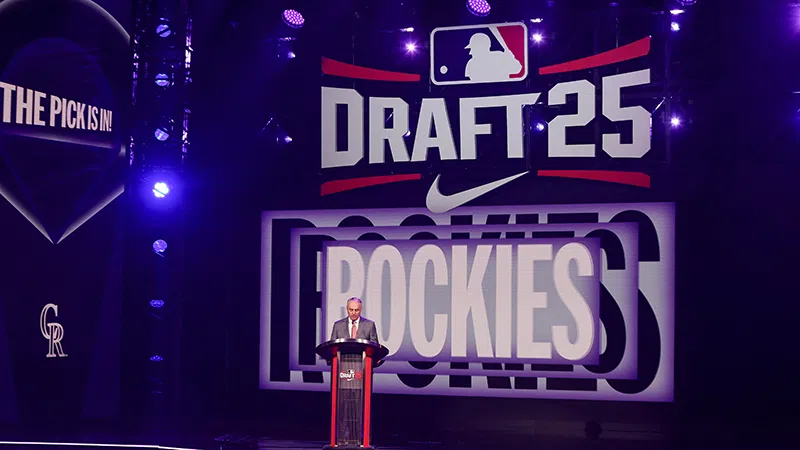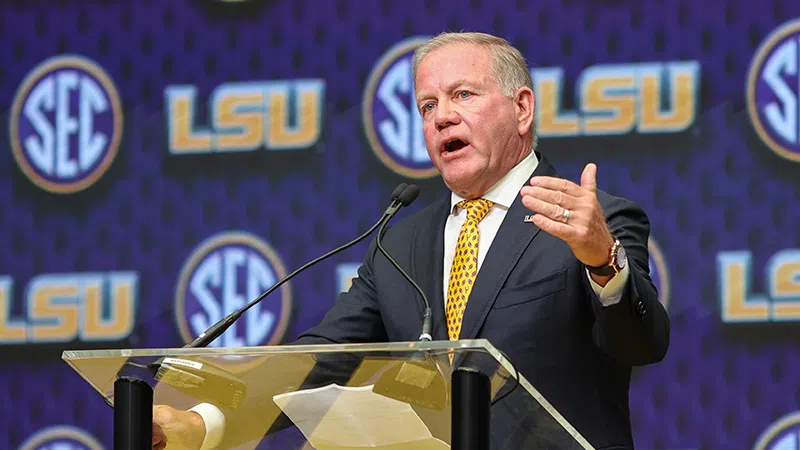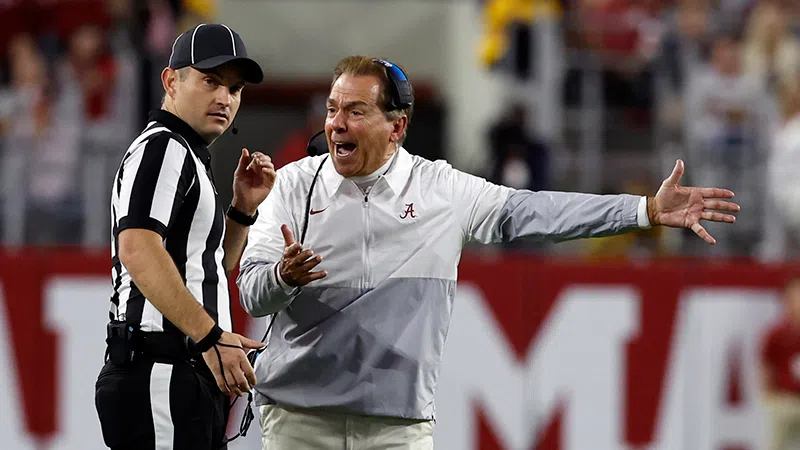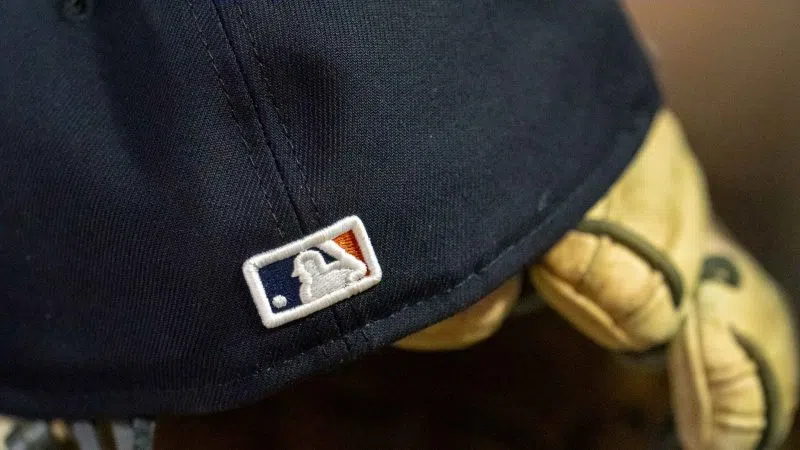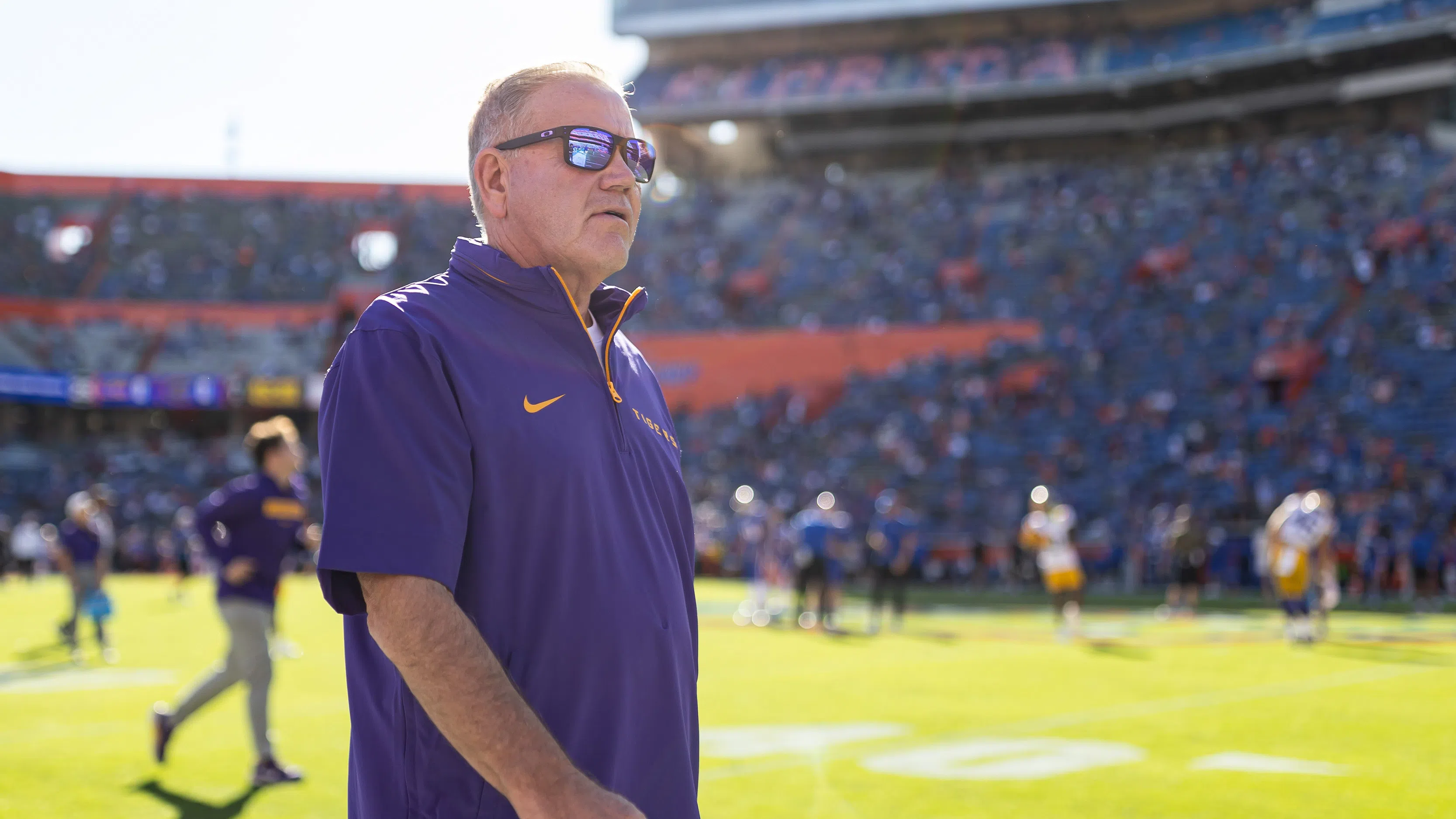
By Chris Marler
One of the most fascinating parts of this new era of college football that we are about to enter isn’t about the money being spent. It’s the allocation of the money being spent.
This summer has shown a spike in spending like we’ve never seen before thanks to the house settlement bill and the influx of cash schools received from it. The $20.5 million deposit schools received on July 1st didn’t necessarily do away with collectives like we hoped. Rather it just added to the insane amount some schools were able to spend and were already planning on doing so.
According to data from CBSSports, the first six months prior to the house settlement saw collectives spend a combined $1.3 billion more this year than last year during the same time period. That all came to a head in June on the eve of the July 1st deposit where NIL Spending was up 824% from this year over last year.
The House Settlement of $20.5 million to each school was supposed to create more parity and a more even playing field with the have nots ability to rub shoulders with the haves. However, what it seems to have done, at least initially, is just raise the floor of spending for everyone and create and budget upwards of $35-$50 million for some schools with the deepest collective pockets.
Still, the most important part of what we will see moving forward isn’t necessarily who has the most money to spend, but for the first time in the sport, we will see who spends it the most wisely.
The NCAA expects most universities to spend roughly 75 percent (around $15 million) of their $20.5 million on football. The main four sports, at least in the SEC, will eat up around 90 percent or more of those total funds. That’s football, men’s and women’s basketball, and baseball. According to the CBSSports report mentioned earlier, an uptick in spending for men’s and women’s basketball also took place during the pre-July 1st disbursement and was over 50 percent in both.
One of the more intriguing parts of how this all plays out is how much each school, especially contending schools, plan on spending in the portal versus high school ranks. For instance, last week Alabama landed four five star players in the 2026 recruiting class. How much money was pledged to each isn’t known at this time. But, allocating a large portion of your total recruiting budget to first year players who may not see the field, or even more concerning, may transfer out of your program after a year or two could be a catastrophically large waste of money.
Other programs like Ole Miss have made it clear they are prioritizing the portal over high school recruits. Lane Kiffin and company have brought in a staggering 82 players from the portal in the last three years in classes that all ranked top four nationally.
Still, there are others like LSU who have found a happy medium in both landing a top two class in the portal and a top ten class in the 2025 high school recruiting cycle.
It’s a “choose your own adventure” era of spending and buying in college sports right now. Which of these plans will end up being the smartest and most effective is still up in the air.

More SEC News
